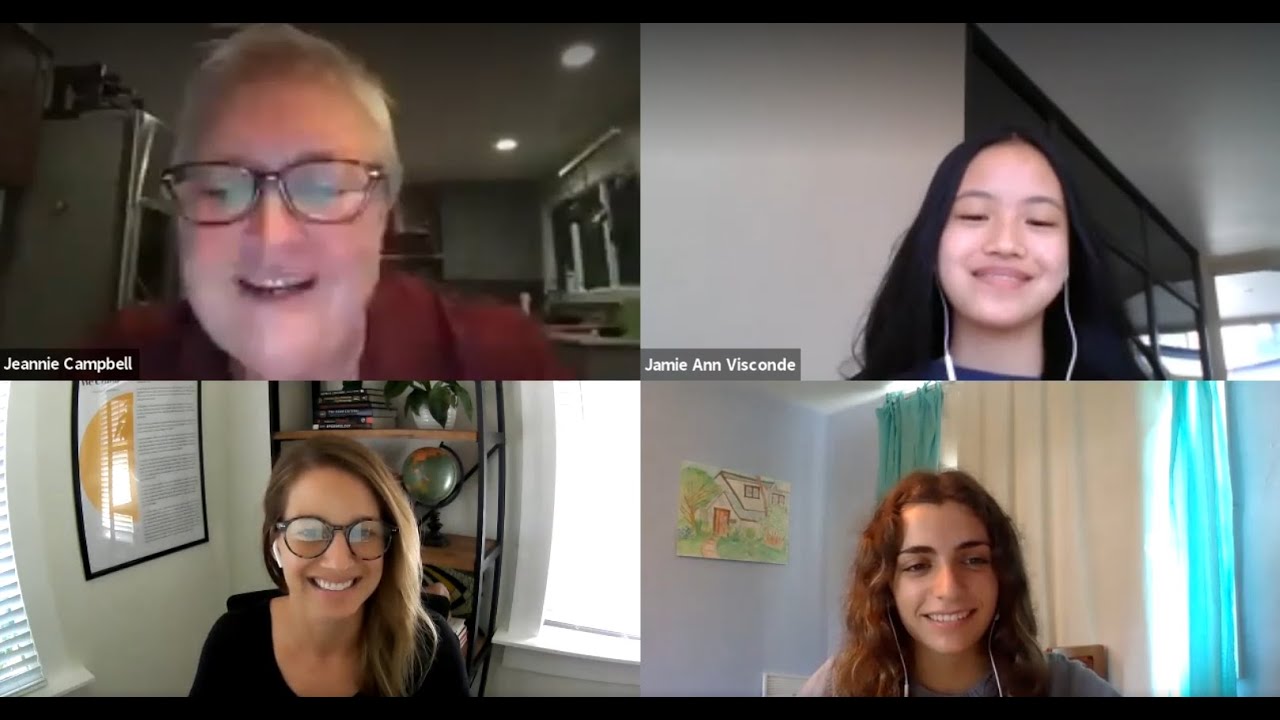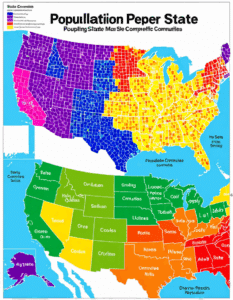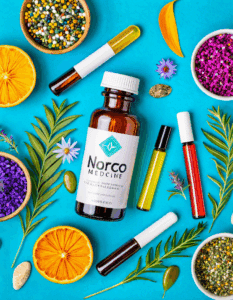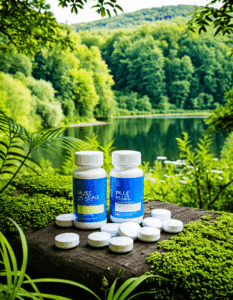Why Teen Substance Abuse Prevention is More Important Than Ever
In 2024, the landscape of teen substance abuse prevention is more complex than ever. With social media’s pervasive influence, the easy accessibility of harmful substances, and the pressure to fit in, it’s essential for parents, educators, and communities to double down on preventative measures. Teens today face a different set of challenges than previous generations, and recognizing these changes is the first step in effective substance abuse prevention.
Effective prevention requires understanding the environment our teenagers are growing up in. For instance, social media often glamorizes risky behaviors, making substance use seem appealing. Meanwhile, the stress and anxiety stemming from academic and social pressures can drive teens toward substance abuse as a means of escape. Additionally, new substances and methods of use, like vaping, have emerged, complicating prevention efforts further.
By committing to a multifaceted approach involving education, parental involvement, school programs, community support, and more, we can provide our teenagers with the tools they need to make healthy choices. Here, we’ll delve into several powerful methods and tips for preventing teen substance abuse.
Method 1: Education and Awareness Campaigns
Education is a cornerstone of teen substance abuse prevention. Comprehensive and relatable education can significantly reduce substance abuse rates among teenagers.
Key Initiatives:
These programs collectively help in creating a well-informed youth population that’s less inclined toward substance abuse.
| Category | Description |
| Initiative | Youth Substance Use Prevention Program (YSUPP) |
| Funded By | Public Health Agency of Canada |
| Objective | To prevent substance use and promote wellness among Canadian youth |
| Conceptual Approaches | Definition |
| Risk-Factor Approach | Identifies and addresses risk factors associated with substance use, such as family history, mental health issues, and peer pressure. |
| Developmental Approach | Focuses on critical stages of youth development to ensure appropriate interventions are applied, supporting positive development throughout adolescence. |
| Social Influence Approach | Addresses how peer pressure and media can influence substance use, emphasizing the development of refusal skills and creating a culture of non-use. |
| Community-Specific Approach | Tailors prevention efforts to specific community needs, leveraging local resources and involving community members in substance use prevention strategies. |
| Parental Guidance | Encourages parents not to use drugs themselves, provide clear rules about not using drugs, and spend quality time with their children. |
| Implementation Strategies | |
| Education | Offers educational programs to youth and parents about the risks of substance use and the importance of maintaining a drug-free lifestyle. |
| Counseling and Support | Provides access to counseling services and support groups for at-risk teens and their families. |
| Extracurricular Activities | Promotes engagement in sports, arts, and other extracurricular activities as positive alternatives to drug use. |
| Community Engagement | Involves the whole community, including schools, local organizations, and law enforcement, to create a supportive environment for youth. |
| Monitoring and Evaluation | Regularly assesses the effectiveness of prevention programs and makes necessary adjustments based on data and feedback. |
| Benefits | Positive Impact |
| Reduced Substance Use Rates | Lowers the incidence of substance use among teens. |
| Improved Mental Health | Supports the mental well-being of youth by addressing risk factors and providing support. |
| Enhanced Family Bonds | Strengthens relationships between parents and children through open communication and shared activities. |
| Community Well-being | Promotes overall community health and wellness by reducing substance-related issues. |
Method 2: Parental Involvement and Communication
Parental involvement remains crucial in preventing teen substance abuse. Open and honest communication between parents and teens makes a significant difference.
Effective Practices:
By investing time and effort into communication and setting a good example, parents can significantly impact their teen’s choices.
Method 3: School-Based Programs
Schools play a pivotal role in teen substance abuse prevention by providing a structured environment for learning and support.
Notable Programs:
Schools, when equipped with these programs, become the frontline in the battle against teen substance abuse.
Method 4: Community Engagement and Peer Support
Community efforts and peer support systems play a vital role in preventing teen substance abuse by fostering a supportive network.
Successful Examples:
Community involvement ensures that teens have access to a broad support network, making negative influences less impactful.
Method 5: Access to Mental Health Resources
Many teens turn to substances to cope with underlying mental health issues. Providing access to mental health resources can address the root causes of substance abuse.
Important Resources:
Addressing mental health proactively can prevent teens from seeking solace in harmful substances.
Method 6: Legislation and Policy Enforcement
Enforcing laws related to underage drinking, tobacco use, and the availability of illicit substances is crucial in preventing teen substance abuse.
Key Legislation:
By supporting and enforcing these laws, we can limit teens’ access to substances and reduce abuse rates.
Innovative Wrap-Up: Shaping a Drug-Free Future
Preventing teen substance abuse is a multifaceted effort, integrating education, family involvement, school programs, community support, mental health resources, and legislative action. Each method is vital, but their combined effect can profoundly shape a healthier, brighter future for our teens. Empowering teens with knowledge, support, and resources can build resilient individuals capable of making safe and informed choices.
By nurturing an environment where teens feel seen, heard, and supported, we stand a better chance of steering them away from the path of substance abuse toward a future of promise and potential.
For more resources on addiction prevention Programs, visit Mothers Against Addiction and take the first step in protecting your child’s future. Together, we can forge a safer, healthier tomorrow for our children.
Teen Substance Abuse Prevention
In today’s fast-paced world, understanding and tackling teen substance abuse is critical. Let’s dive into some trivia and engaging facts that might just surprise you!
The Importance of Early Education
Did you know early drug education For Kids can have a massive impact? It’s true! Educating children about substance abuse from a young age helps them make informed decisions as teens. Studies show that knowledge is a powerful tool in keeping them safe and sound. Think of it as laying down a solid foundation, much like figuring out How much square footage you need before buying a house. The more info you have, the better choices you can make!
Spotting the Early Signs
Recognizing the early Signs Of addiction is crucial for prevention. Early intervention can steer teens away from dangerous paths. A fun fact: About 70% of people who have substance abuse problems started using before age 18. That’s why parents need to be vigilant. Spotting these signs early is like checking the historical mortgage rates chart—understanding( the trends helps in making timely and wise decisions.
Engaging Kids in Conversations
Now, here’s something interesting: Open conversations about the topic can significantly lower the chances of teen substance abuse. While it might seem daunting, creating a trusting and open environment can work wonders. Think of it like checking the latest rate Of interest—keeping( up-to-date and informed helps build credibility and trust with your teen.
Community Awareness and Events
Community involvement also plays a significant role. For instance, events like educational fairs and school programs can bolster awareness. It’s akin to understanding a local event such as a fire at Soldiers delight; community awareness can lead to collective action and support.
In a nutshell, the key to teen substance abuse prevention lies in early education, recognizing warning signs, keeping the conversation open, and involving the community. Don’t hesitate to read more and get involved—because the more you know, the better you can protect your loved ones.

What are the preventive strategies for substance abuse?
Preventive strategies for substance abuse include not using drugs yourself, providing guidance and setting clear rules about drug use, and spending quality time with your loved ones, sharing both good and tough times together.
What is the youth substance use prevention program?
The Youth Substance Use Prevention Program (YSUPP) is a national initiative in Canada, funded by the Public Health Agency of Canada, aimed at preventing substance use and promoting wellness among Canadian youth.
What are the four basic elements of drug abuse prevention and control?
Drug abuse prevention and control include four major elements: understanding and addressing risk factors, supporting developmental stages, applying social influence tactics, and implementing community-specific strategies.
What are the four ways substance abuse can be prevented?
Strategies to prevent substance abuse involve providing personal examples of staying clean, offering clear guidance and rules, building strong relationships by spending time together, and fostering a healthy community environment.
What are four strategies for preventing abuse?
Using a risk-factor approach to identify and mitigate potential threats, supporting positive developmental stages, using social influence to promote drug-free behavior, and tailoring efforts to fit community-specific needs can help prevent abuse.
What are the four major prevention strategies?
Reducing substance abuse in youth can be achieved by not using drugs yourself, setting clear rules about drug use, engaging in open communication, and spending quality time sharing both good and bad experiences.
How to reduce substance abuse in youth?
The most effective drug prevention programs often combine educational efforts, community support, and personal engagement to prevent substance use among youth.
What is the most effective drug prevention program?
The Youth Opioid Awareness Program is designed to create awareness among youth about the dangers of opioid misuse and to educate them about the importance of making healthy choices.
What is the Youth Opioid Awareness Program?
The 4 C’s of addiction are craving, loss of control, compulsion to use, and continued use despite negative consequences.
What are the 4 C’s of addiction to drugs?
There are generally seven components to effective abuse prevention: risk factor management, developmental support, social influence tactics, community-specific approaches, policy enforcement, education and awareness programs, and support systems.
What are the 7 components of abuse prevention?
Students can prevent drug abuse by staying away from drugs, setting clear personal rules, staying informed, supporting friends to stay clean, and joining or starting peer support groups.
What can you do as a student to prevent drug abuse?
Ten ways to prevent drug abuse include staying informed, using personal examples, setting clear rules, building strong relationships, participating in extracurricular activities, seeking help when needed, supporting friends, providing reliable information, fostering communication, and creating a healthy environment.
What are the 10 ways of preventing drug abuse?
Primary prevention of substance abuse aims at stopping the problem before it begins, by addressing risk factors, providing education, and promoting healthy behaviors.
What are the three levels of prevention for substance abuse?
The three levels of prevention for substance abuse are primary prevention (before use starts), secondary prevention (intervening in early stages), and tertiary prevention (helping those with a substance use disorder).
What are the three types of intervention to prevent substance abuse?
The three types of intervention to prevent substance abuse are educational, community-based, and individual-focused interventions.
What are some prevention strategies?
Effective prevention strategies include education, setting clear rules, promoting healthy lifestyles, building strong relationships, and providing support networks.
What is the primary prevention of substance abuse?
Primary prevention of substance abuse focuses on educating people before they start using substances, addressing risk factors, and promoting healthy alternatives.
What are the three levels of prevention for substance abuse?
Effective drug prevention involves understanding and mitigating risk factors, supporting positive developmental stages, applying social influence tactics, and tailoring efforts to fit specific community needs.
What are the three types of intervention to prevent substance abuse?
Three types of intervention include educational programs to raise awareness, community initiatives to foster a supportive environment, and personalized counseling to address individual needs.




























